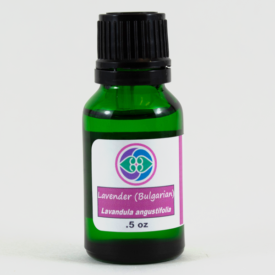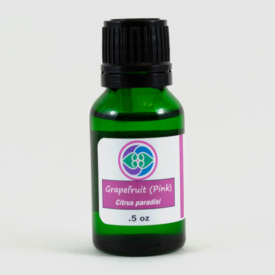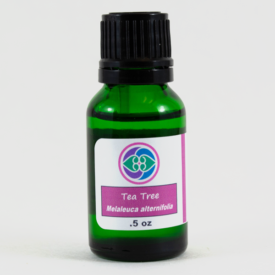Lime – Persian / Tahiti Essential Oil
Botanical Name: Citrus latifolia Tanaka
A top note with a medium aroma has a tart, fresh scent characteristic of the fruit.
$13.99
In stock
Description
Lime – Persian / Tahiti Essential Oil
Main Constituents:
Limonene: 59-66%
Gamma Terpinene: 12-16%
Beta Pinene: 10.5-14%
Plant Description: The lime plant, scientifically known as Citrus aurantiifolia, is a small, evergreen tree prized for its round, greenish-yellow fruits and fragrant blossoms. It features glossy, ovate leaves and produces clusters of white flowers with a sweet, citrusy aroma. Lime trees thrive in warm, subtropical climates with well-drained soil and ample sunlight. The fruits, known as limes, are tart and juicy, rich in vitamin C and antioxidants. They are widely used in culinary dishes, beverages, and cocktails. Additionally, lime essential oil, extracted from the fruit peel, is valued for its refreshing scent and versatile applications in aromatherapy, skincare, and natural remedies.
Origin: Brazil / Mexico
Plant Part: Fruit Peel
Processing Method: Cold Pressed
History of Oil:
The history of lime essential oil spans centuries and cultures. Originating from the peel of the lime fruit (Citrus aurantiifolia), it has been actively utilized for its aromatic and medicinal properties.
In ancient times, limes were cultivated in regions including India, Southeast Asia, and the Mediterranean, where they were prized for their refreshing flavor and potential health benefits. Lime essential oil was extracted from the peel through methods such as expression or cold pressing.
During the Middle Ages, lime essential oil gained prominence in Europe for its citrusy fragrance and antibacterial properties. It was used in perfumes, cosmetics, and household cleaners, as well as in herbal medicine to treat various ailments.
In the 19th century, advancements in distillation techniques led to the production of higher quality lime essential oil. Its bright, uplifting scent made it a popular choice in perfumery and aromatherapy, where it was valued for its mood-boosting effects.
In modern times, lime essential oil remains a versatile and widely used oil. It is cherished for its fresh aroma and is commonly used in aromatherapy to promote mental clarity, uplift mood, and purify the air. Additionally, it is a popular ingredient in skincare products, household cleaners, and natural remedies.
Today, lime essential oil continues to be valued for its vibrant scent and diverse applications, maintaining its status as a beloved and enduring essential oil.
Benefits/Suggested Uses:
- Lime oil may help promote digestion and alleviate digestive discomfort such as indigestion, bloating, and gas due to its carminative properties.
- Its refreshing citrus aroma is thought to have mood-enhancing properties, helping to reduce stress, anxiety, and promote relaxation when used in aromatherapy.
- Lime oil is often used in skincare products for its astringent and antibacterial properties, which may help treat acne, oily skin, and promote a clear and healthy complexion.
- Lime oil may help relieve symptoms of respiratory conditions such as coughs, colds, and congestion due to its expectorant properties, which can help loosen mucus and clear the airways.
- It contains compounds with antimicrobial properties that may help support the immune system and protect against infections such as colds and flu.
- Lime oil’s citrusy scent is believed to have uplifting and energizing effects, helping to improve mood, mental clarity, and reduce feelings of fatigue.
Blends well with: Bergamot, Cedarwood, Geranium, Grapefruit, Lavender, Lemon, Mandarin, Neroli, Nutmeg, Orange, Palmarosa, Petitgrain, Rose, Rosemary, Rosewood, Vetiver, and Ylang-ylang.
Harmony Naturals’ Products: Single note, Essential oil blends: Zinger, Sunrise and Natural Insect Repellent
Cautions: This essential oil may contain phototoxic properties and it is suggested to avoid exposure to the sun after application to the skin. Dilute well before use; for external use only. May cause skin irritation in some individuals; a skin test is recommended prior to use. Contact with eyes should be avoided.
Additional information
| Option | 1/2 oz Single Note Essential Oil |
|---|
Only logged in customers who have purchased this product may leave a review.





Reviews
There are no reviews yet.